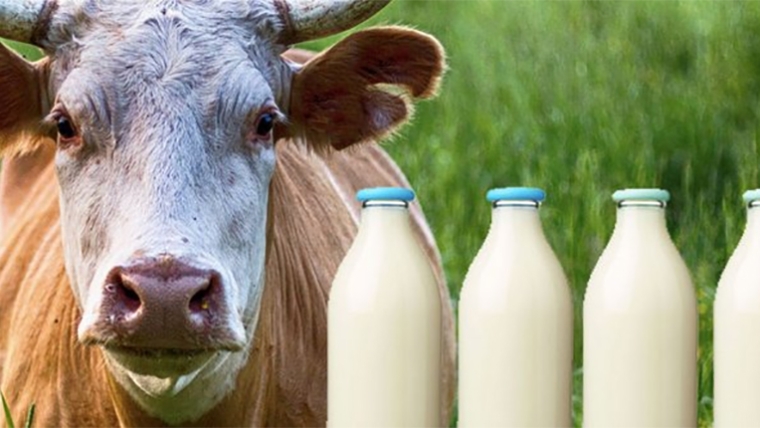
By Mark Tanner*
Good old-fashioned plain white milk brands were some of the biggest beneficiaries of the pandemic. Not long after the pandemic struck, renowned Chinese doctors and even the Government were advocating drinking milk as a way to build the body's immune system to help fend off the dreaded Covid.
The pandemic-induced growth in milk has shown no signs of abating. Liquid milk revenue was up 19% in July this year from 2022 on Alibaba platforms. It retained its position as the most popular dairy category, accounting for 35% of sales.
Unfortunately the rise in milk consumption hasn’t been shared evenly across brands. Like most categories in China, the marketplace for liquid milk is looking awfully Darwinian, with a brand’s ability to adapt to compete and survive in China’s market more pronounced than before the pandemic. There are 21% fewer brands selling any real volume of milk online in July than a year earlier. Foreign brands have been particularly poor at adapting, with their share of liquid milk sales dropping 12.8% in Q2 last year, to 8.3% in Q2 in 2023. For the dairy category as a whole, foreign brands account for over a quarter of revenue.
Believe it or not, plain white milk has been among the most dynamic of China’s dairy categories. The most successful brands have tracked changing consumer behaviours and preferences and adapted their products and marketing accordingly. When we launched our Dairy Tracker in 2020, our data highlighted a number of areas where foreign milk brands were falling behind such as format, essential claims and over-discounting.
Based on our latest Dairy Tracker data, China’s market for liquid milk is much more sophisticated than in 2020. Foreign brands appear to be using fewer insights and data in their decision-making than domestic brands, given their claims and offerings appear to resonate less than pre-pandemic. This has been exacerbated by foreign-based decision-makers having very little exposure to China over the Covid years. Throw in some logistical challenges, and foreign brands were always going to struggle to retain and grow their share since 2020.
But not all is lost. Although the weighted average price of milk has dropped 13% from a year ago, this has largely been driven by a glut of supply in the market. A sizeable portion of consumers continue to demand high-end milk products that meet their needs. Australian dairy brands have managed to increase their price premium by 25% over the past 12-months with a limited fall in overall revenue. Other large producers haven’t done so well. New Zealand brands have seen a slight drop in their average weighted sales prices and revenue, while German brands have seen the average price paid for milk fall by over a third.
Brands that have best tapped into the premium end of the market, have leveraged and promoted unique milk sources, unique farming environments, incorporated buzzwords into their communications and introduced highly-specific nutrients for specific functions. One example of including melatonin with milk, playing to the consumer insight that a lot of Chinese drink milk before bed to help them sleep, coupled with 36% of Chinese suffering from frequent insomnia, and 67.4% of people have purchased products that claim to enhance sleep.
*Mark Tanner is the CEO of China Skinny, a marketing consultancy in Shanghai. This article was first published here, and is re-posted with permission.
4 Comments
Fonterra having a shocker eh. Churning out the same old rather than moving up the value chain and anticipating Chinese demand
they do appear to have retrenched back to their traditional base in NZ and the result is a focus on bulk and commodity products
I think it has the potential to bite NZ and Fonterra suppliers - the message for many years has been diversify markets and move to value add but we seem to be slow to do so. It appeared to be the strategy under the previous CEO but maybe poorly executed. Now those assets have been sold and Fonterra has retrenched to NZ they will be more exposed to events outside their control
Having been in Singapore and Malaysia recently I was surprised/disappointed to see the dairy retail shelf space dominated by the likes of Nestle and Australian producers. ( Meat more by Australia and Argentina - Australia I expected not so much Argentina)
A significant amount Chinese money involved in Argentina.
I was watching a doco on Brazil , and the farmgate price for a full grown beefie was around$ 600 , vs probably $1200(USD) at least here.

We welcome your comments below. If you are not already registered, please register to comment.
Remember we welcome robust, respectful and insightful debate. We don't welcome abusive or defamatory comments and will de-register those repeatedly making such comments. Our current comment policy is here.